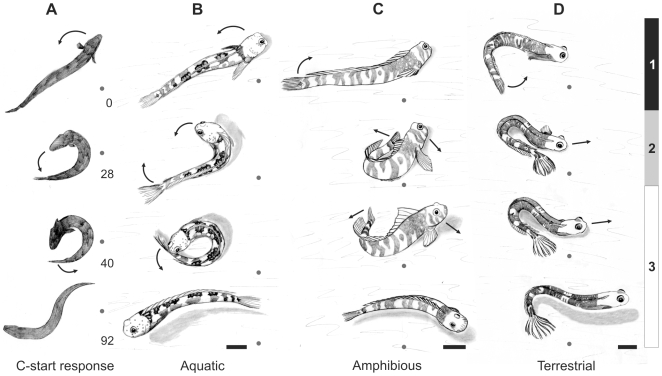Figure 3. Comparison of aquatic escape and terrestrial jump maneuvers in aquatic, amphibious, and terrestrial fishes.
a, An aquatic C-start escape response by a fully-aquatic fish, Polypterus senegalensis, modified from Tytell and Lauder [43]. b, An aquatic blenny (Blenniella gibbifrons) jumping on land. Note the lack of tail twisting and similar body position to the fish in panel a. c, An amphibious blenny (Praealticus labrovittatus) showing the stereotyped tail to head movement used for terrestrial locomotion. d, A terrestrial blenny, Alticus arnoldorum, demonstrating axial tail twisting. The numbered vertical bars to the right of panel d correspond to jump phases 1, 2, and 3, as shown in panels c and d. See text for descriptions of the phase kinematics. Blennies shown in panels b–d jumped off the same balsa wood surface. The terrestrial blenny never slipped, whereas all others did. Sketches were produced for greater visible clarity, and were traced from high-speed video frames. The gray circle serves as a fixed point. Five mm scale bars are provided at the bottom of panels b–d; panel a serves as a generic kinematic reference for a C-start escape response.

